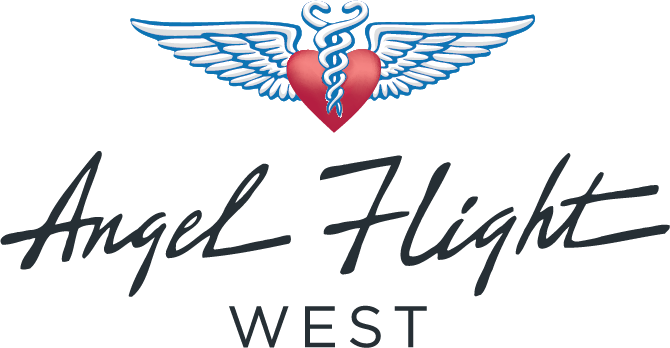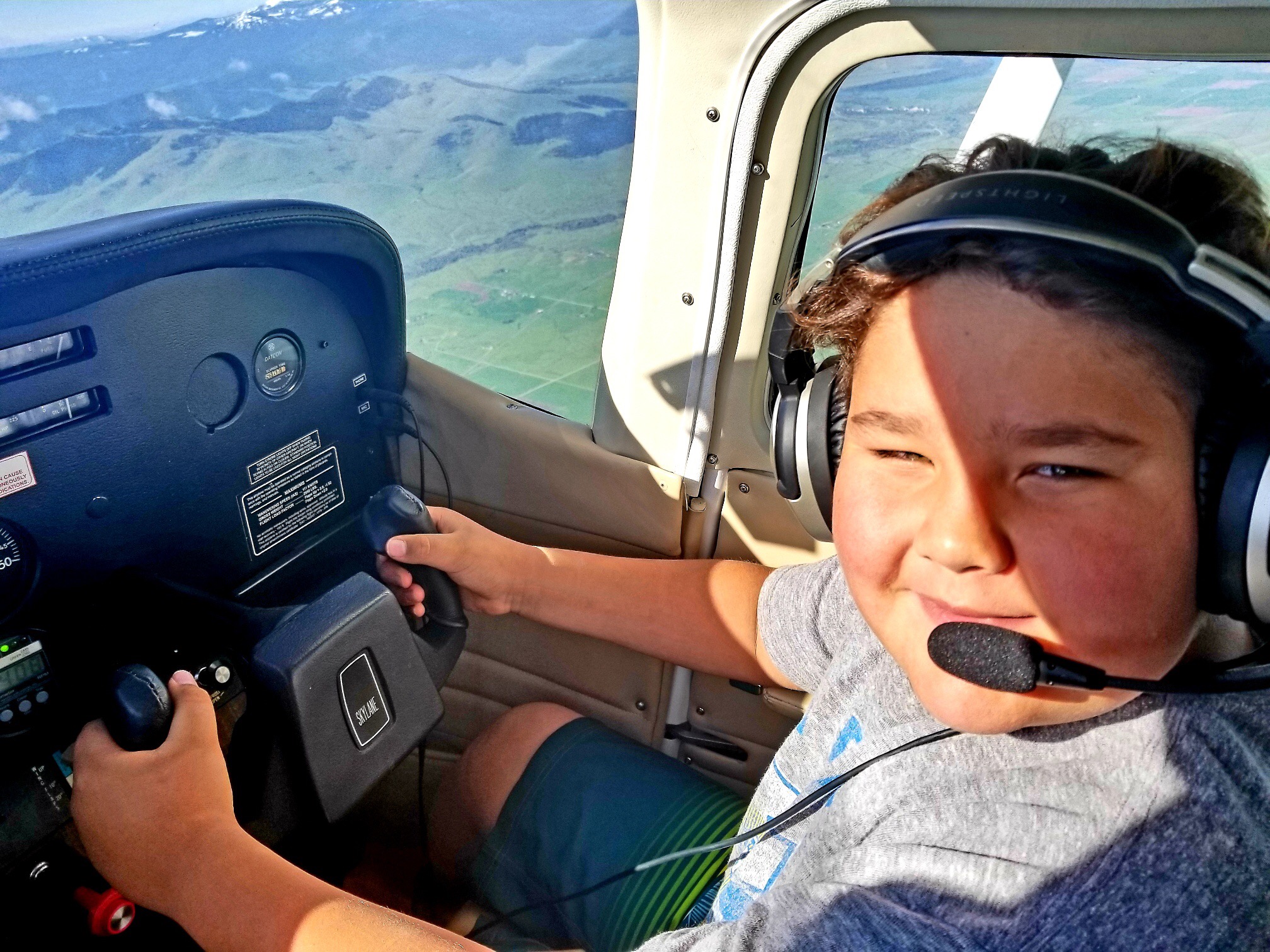Besides flying medical missions around California for Angel Flight West, I occasionally fly for Pilots and Paws and for Guide Dogs of the Desert (GDD) – a non-profit in Palm Springs that trains and delivers guide dogs to the visually and physically impaired. These organization are tops in their respective fields, and sometimes I’m able to combine missions in a two-for-one event. Recently, I had such an opportunity flying two young boys from the Children’s Hospital at Stanford University in Palo Alto, and then on to Oakland to pick up a golden Labrador Retriever and fly her back to Guide Dogs of the Desert.
The trip to Palo Alto was uneventful, and twenty minutes later I checked into Oakland to pick up Daisy, the guide dog. I knew nothing of Daisy’s history and was totally unprepared for what was to come next. Daisy had been trained by GDD and delivered to a lovely woman in Oakland more than six years ago. Now, at eight-and-a-half she was being retired as all working guide dogs must, and my job was to return her to GDD in Palm Springs. The dog’s owner, Rebecca, both visually and physically impaired, arrived with Daisy and two friends. When the five of us walked out to the airplane, I was beginning to appreciate what a momentous moment this was. Daisy and Rebecca were inseparable companions for six years – 2,190 days – and this was to be the last one.
The unsuspecting dog was happy, but very protective of her master as we slowly walked out to my Cherokee Six. I opened the back door and patted the left rear seat. Daisy looked at me, then to Rebecca who nodded, and Daisy jumped on board. We waited a moment then closed and latched the door. Rebecca assured me that Daisy would be a good traveler, gave me a leash, some dog food and a couple of Daisy’s favorite toys as tears streamed down her face. The anguish of the moment was almost unbearable. As we taxied, Daisy whimpered and looked back, her nose pressed against the window. I felt like a heel.
I discovered that the dog had no interest in food or toys, or as it turned out, no interest in me either. I’m a dog person, and can usually sweet-talk my way into a friendly relationship with most dogs in a couple of minutes, but not with Daisy. It was a long flight and she never slept. She just sat stoically in that seat for nearly three hours. Whenever I talked to her, she turned her head away; she was having none of me, thank you.
On the arrival in Palm Springs, Daisy couldn’t get out of that damn airplane fast enough. Because we were late, I was surprised that the pick-up person from GDD wasn’t there. A few phone calls revealed that he had to cancel at the last minute, so the Executive Director of Guide Dogs was on her way. In the FBO lounge we were positioned so that I could see the street entrance down a long corridor about 40 feet away. Soon, a woman came through the door. “Daisy” she cried. The dog literally leaped two feet in the air, pulled the leash right out of my hand, and streaked down the hall to meet her. In a moment, they were all arms and paws wrapped around each other, a dog-tail-wagging-crying-face-licking blur. Turns out, she had trained Daisy six years ago, and that bond is like a mother/daughter thing; it never goes away. What a scene. I’ll never forget it. When a dog retires, they are brought back to the Guide Dogs for a reorientation, and after a while placed up for adoption.
Public Benefit aviation is full of stories just like this. I sometimes think the chief beneficiaries are the pilots. I mean flying your airplane and helping people and dogs all in one day – does it get any better than this? And in the end, you feel just wonderful about what you and your airplane have been able to do.


